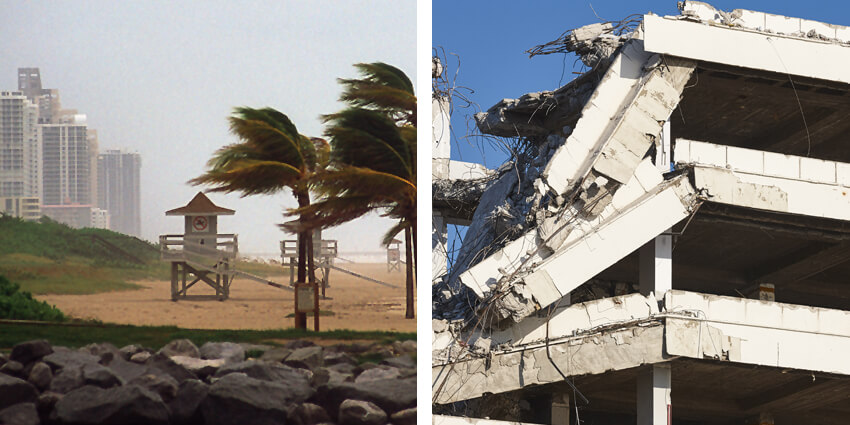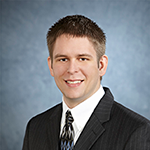
When designing a building, design engineers must consider building resiliency and the types of natural events the building must withstand, including high wind and seismic events. In doing so, engineers should be aware of these two approval programs to aid in proper HVAC product selection: Miami-Dade Notice of Acceptance (NOA) and California Department of Health Care Access and Information Special Seismic Certification Preapproval (OSP).
Miami-Dade NOA
Building codes require that roof-mounted equipment withstand the wind loads unique to that building. The wind load that a product must withstand is based on several factors the engineer must consider when designing the building and selecting equipment that will be installed on the roof. The Florida Building Code (FBC) has unique requirements for buildings in areas prone to hurricanes called High Velocity Hurricane Zones (HVHZ). A Notice of Acceptance (NOA) is a document issued by Miami-Dade after a product has successfully passed tests simulating the wind loads in the HVHZ. The document indicates that the product(s) tested conform with the HVHZ requirements in the FBC. Although Miami-Dade County issues NOAs, projects in other locations may use an NOA to satisfy the wind load requirements of the project. The wind load criteria used to obtain an NOA often exceeds the wind load requirements for building projects in most parts of the country.
It's common to think of wind in miles per hour (MPH), but wind load is expressed in pounds per square foot (PSF) in building codes and is specified in the NOA as the design pressure. The wind load in PSF is project-specific and based on several parameters unique to each project:
- Building location
- Design wind speed (The design wind speed is based on historical wind speed data)
- Type of building (A hospital will have more stringent requirements than a warehouse)
- Building height (the taller the building, the more exposure to wind)
- Location of equipment installation on the building (Equipment installed close to the edge of a roof will be exposed to a different wind load than equipment installed in the middle of a roof)
- Surrounding environment (Is the building in an urban area, rural area, etc.)
Greenheck has several fan and louver products that are Miami-Dade Approved and Florida Product Approved.
HCAI OSP
Like wind load, building codes require seismic load consideration on building projects. Fans may not be required to operate after a seismic event in many cases, and no unique testing or analysis of the fan is required to conform with the seismic requirements. In these cases, the engineer of record will likely ensure the fan is properly attached to the building so it remains attached during a seismic event. The seismic concern is greater for areas prone to earthquakes such as California. The California Department of Health Care Access and Information (HCAI), formerly the Office of Statewide Health Planning and Development (OSHPD), has a seismic pre-approval program that pre-approves products for seismic resiliency. This pre-approval is called Special Seismic Certification Pre-Approval (OSP) and is for equipment that has been reviewed and pre-approved by HCAI to meet the requirements of HCAI and the California Building Code. An OSP is technically only required on critical care facilities in California (e.g., hospitals). Other building projects in California and some building projects outside of California may require testing or analysis to meet International Building Code (IBC) seismic requirements. However, an OSP meets the IBC seismic requirements, which is why an OSP is sometimes specified for building projects outside of California. Similar to wind load requirements, the seismic requirements for projects are based on several different parameters. Greenheck has achieved seismic certification pre-approval on a number of its products through shake table testing for some of the worst-case conditions in the United States. This testing and certification process allows for its fans to be used anywhere in the United States.
For more information on Greenheck products that meet the requirements to withstand high wind and seismic events, reach out to your local Greenheck representative.



from